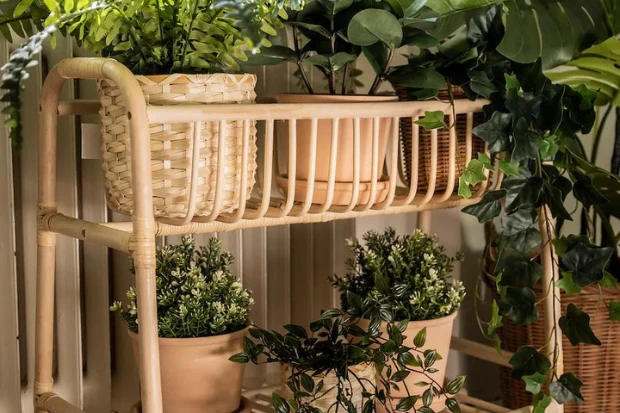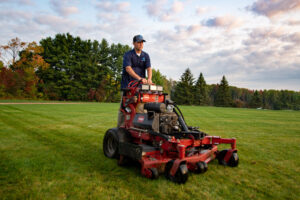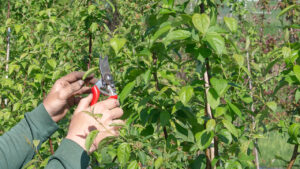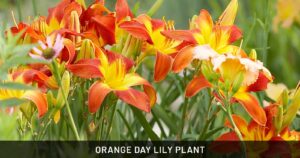Indoor plant stands have become an essential part of home decor, offering both functionality and aesthetic appeal. Whether you’re looking to optimize space, enhance your interior design, or improve plant health, plant stands are a great addition to any home. In this comprehensive guide, we’ll explore the best uses of indoor plant stands, how to use them effectively, popular brands, materials used, average costs, and frequently asked questions.
Best Uses of Indoor Plant Stands
- Space Optimization:
- Plant stands help maximize space by allowing vertical arrangements, making them ideal for small apartments or rooms with limited floor space.
- Multi-tiered plant stands are particularly effective for organizing multiple plants in a compact area.
- Aesthetic Enhancement:
- Elevating plants on stands adds dimension and visual interest to any interior design style, from modern minimalist to rustic farmhouse.
- Stylish plant stands can become focal points, enhancing the ambiance of a room.
- Improved Plant Health:
- Raising plants closer to light sources can help ensure they receive adequate sunlight for healthy growth.
- Proper elevation also improves air circulation around the plant, reducing the risk of mold and pests.
- Surface Protection:
- Plant stands help prevent water damage and soil stains on floors, carpets, and furniture.
- They provide a stable base, reducing the risk of tipping over.
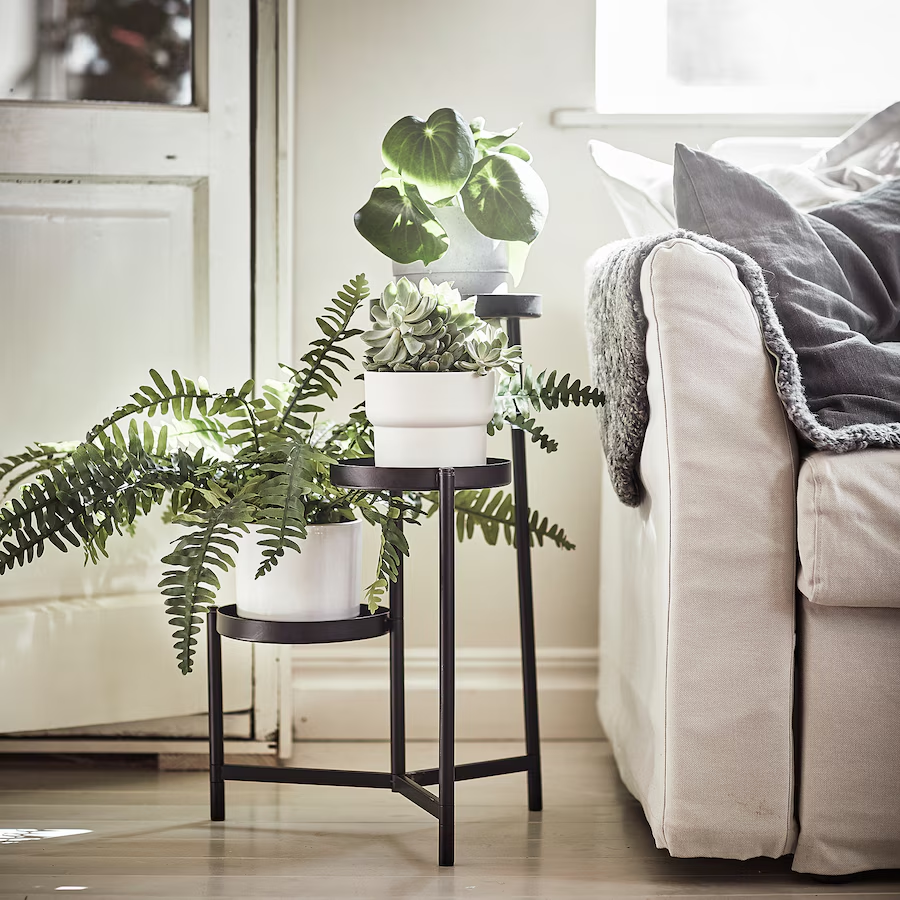
How to Use Indoor Plant Stands
- Choose the Right Stand:
- Select a stand that complements your interior style and supports the size and weight of your plants.
- Ensure it is made from durable materials to withstand the conditions inside your home.
- Placement Considerations:
- Position plant stands in areas where plants can receive adequate sunlight.
- Avoid high-traffic areas to prevent accidental tipping.
- Create Dynamic Displays:
- Group plant stands of varying heights to create an interesting visual arrangement.
- Use stands to showcase plants with different textures and colors for a lively indoor garden.
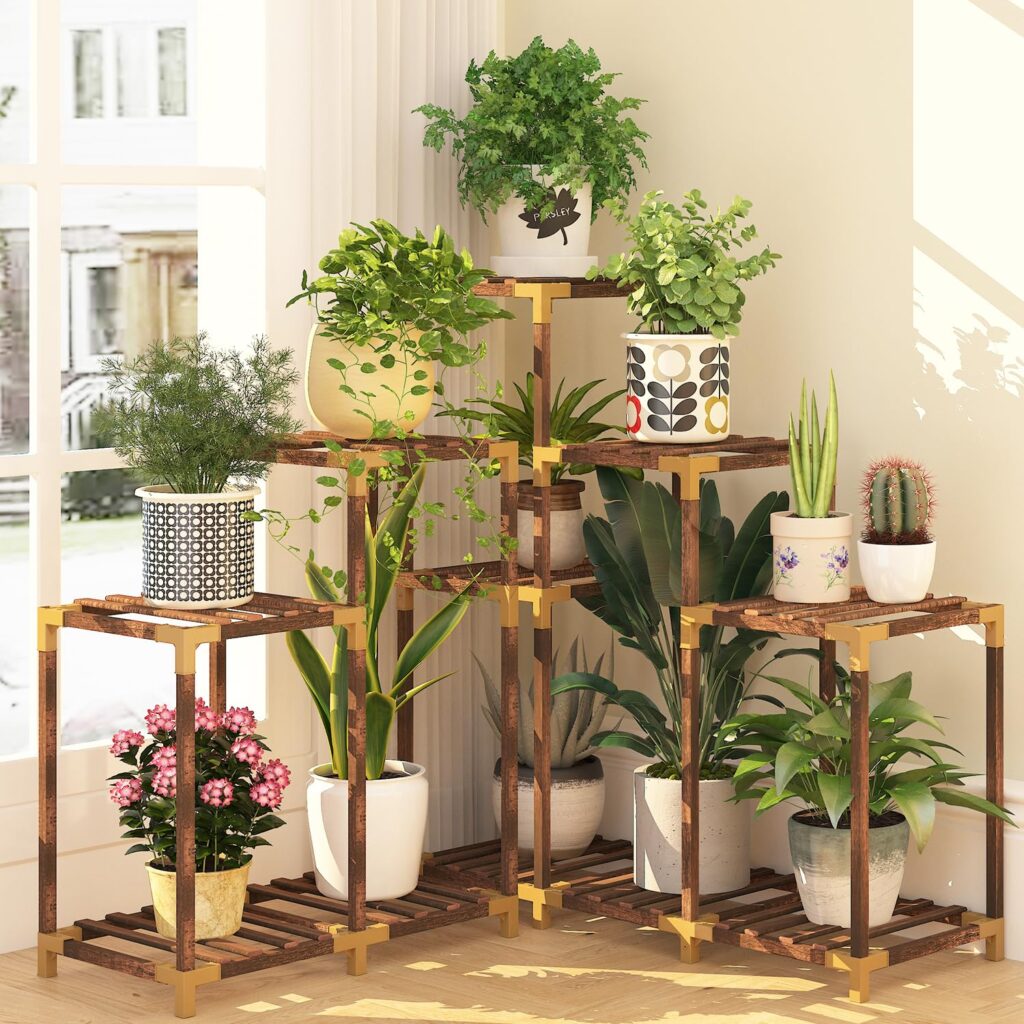
Most Popular Brands in the US Market
- IKEA:
- Known for stylish and affordable options suitable for modern interiors.
- Popular models include the Satsumas and Mulig plant stands.
- Rossny:
- Offers eco-friendly bamboo plant stands with multi-tier designs.
- Ideal for sustainable and space-saving solutions.
- West Elm:
- Features high-end, design-focused plant stands made from premium materials.
- Perfect for contemporary homes with a touch of elegance.
- Amazon Basics:
- Provides budget-friendly and functional plant stands suitable for all home styles.
Materials Used in Indoor Plant Stands
- Wood:
- Provides a warm, natural look and blends well with various decor styles.
- Common types include bamboo, oak, and walnut.
- Metal:
- Durable and strong, ideal for supporting heavy pots.
- Available in finishes like wrought iron, brass, and stainless steel.
- Plastic:
- Lightweight and affordable, suitable for smaller plants.
- Less durable compared to wood or metal.
- Ceramic:
- Adds a decorative touch but is best used for smaller plants due to its fragility.
Average Cost of Indoor Plant Stands
The cost of plant stands varies depending on material, size, and brand:
- Budget-Friendly Options: $10 – $30 (plastic or basic metal designs).
- Mid-Range Options: $30 – $80 (wooden or stylish metal designs).
- High-End Options: $80 – $200+ (premium materials and designer brands).
Additional Considerations
- Weight Capacity: Ensure the stand can support the weight of your plant and pot.
- Stability: Look for stands with a wide base to prevent tipping.
- Maintenance: Regularly clean stands to remove dust and check for signs of wear.
Frequently Asked Questions (FAQs)
- Can I use an indoor plant stand outside?
- Some plant stands are suitable for outdoor use, but it’s important to check the material’s durability against weather conditions.
- What is the best material for a plant stand?
- It depends on your style preference and needs. Wood offers warmth, metal provides strength, and plastic is lightweight and affordable.
- Do plant stands improve plant health?
- Yes, they help by elevating plants closer to light and improving air circulation.
- How do I clean a plant stand?
- Use a damp cloth for metal and plastic stands; wooden stands may require occasional polishing.
- Are multi-tier plant stands better than single-tier ones?
- Multi-tier stands save space and allow for creative arrangements, while single-tier stands are better for showcasing a statement plant.
- Where should I place my indoor plant stand?
- Ideally near a light source but away from direct heat or cold drafts.
- Can plant stands hold heavy pots?
- Metal and sturdy wooden stands can hold heavier pots, but always check the manufacturer’s weight capacity.
- What is the best height for a plant stand?
- The height depends on the plant’s light needs and your decor preference.
- Do I need assembly tools for my plant stand?
- Some stands require assembly, while others come pre-assembled.
- Are there eco-friendly plant stand options?
- Yes, bamboo and recycled material stands are great sustainable options.
References and Useful Links
- Family Handyman – Best Indoor Plant Stands
- IKEA Indoor Plant Stands
- West Elm Plant Stands
- Amazon Indoor Plant Stands
By incorporating indoor plant stands into your home, you can create a beautiful and organized green space that enhances your living environment. Whether you’re a seasoned plant enthusiast or just starting out, choosing the right stand will help showcase your plants in the best way possible.
